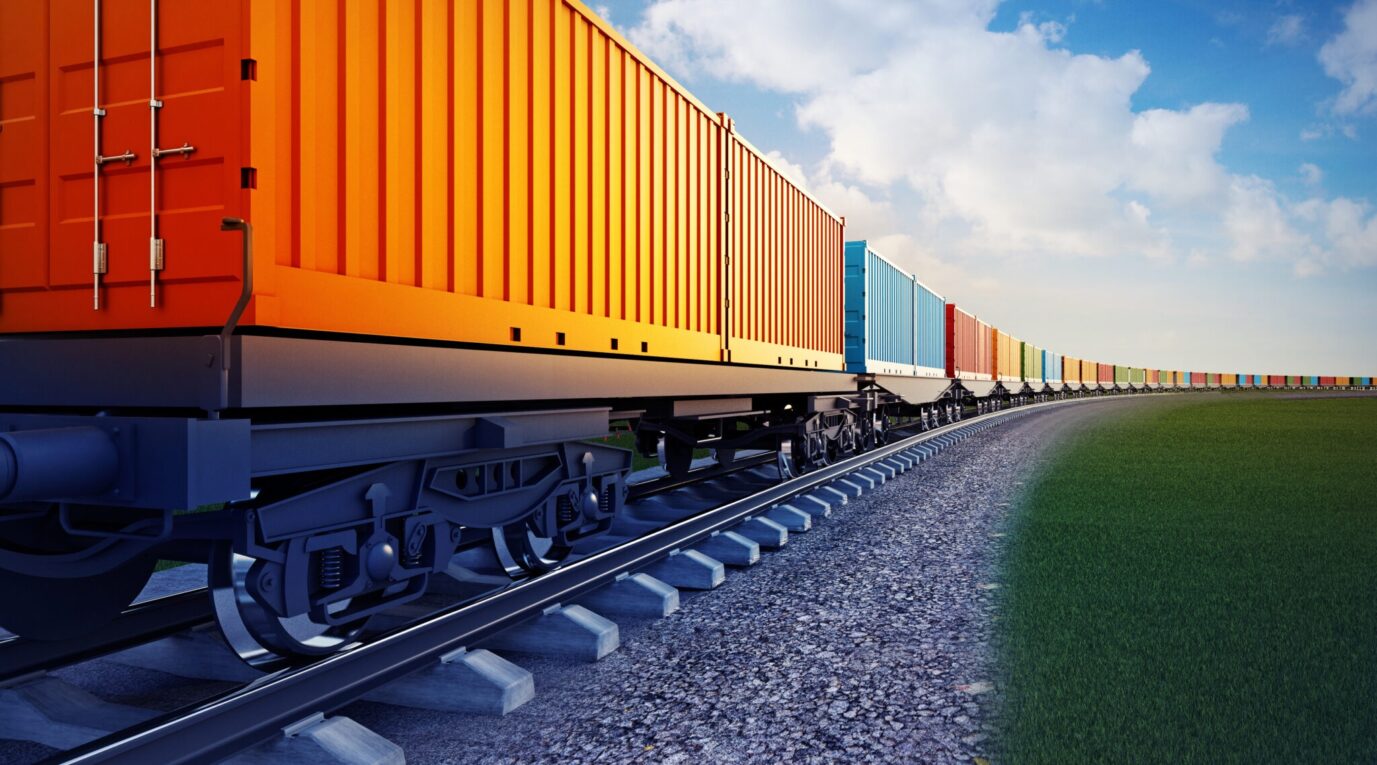The freight rail industry plays a vital role in the transportation of goods across countries. Billions of tonnes of cargo are transported through extensive railway networks every year. At the heart of this industry are freight railcars that ensure the safe and reliable delivery of commodities. However, these railcars would not be able to function without their core parts that require regular maintenance and replacement. In this article, we take a look at some of the most important freight railcar parts and their role in keeping the railway transportation running smoothly.
Brake Systems
The Brake System: A Critical Safety Component
Brakes are undoubtedly one of the most essential systems on any Freight Railcar. They allow the train operator to safely stop, slow down or hold heavy loaded railcars in place. At the core of the brake system are brake shoes that are pressed against the train wheels to stop their rotation via friction. These brake shoes have to withstand immense heat and wear during frequent braking actions. Given their safety function, brake shoes and related brake rigging parts need to be inspected and replaced regularly.
Air Brakes: Common Type of Brake Systems
Most freight trains today use air brake systems where compressed air is used via a network of brake pipes and controls to apply brakes simultaneously across all railcars. This helps ensure shorter stopping distances for long and heavy trains. Key components of air brake systems include brake cylinders, brake pipes, couplings, reservoirs and valves. Proper functioning of these parts is critical to avoiding brake failures that can put safety at risk.
Truck and Wheel Assemblies
Railcar Trucks: An Integral Rolling Base
Freight railcars are mounted on specialized wheeled bogies known as trucks that provide the rolling motion. Trucks comprise an bolstered assembly of two pedestal bearing axles, wheels, brakes and more. They carry the entire load of the railcar while enabling curve navigation via lateral and longitudinal movement. Worn out or damaged trucks can affect derailment risk making replacements important.
Wheels: The Critical Rolling Elements
Steel wheels form the direct contact with the rail tracks transmitting forces. For freight applications, wheels are typically made of forged steel and weigh hundreds of pounds. Excessive wear, creep or development of cracks can weaken wheels increasing chances of derailments. Periodic wheel profiling and trash packing ensures safe running of wheels requiring frequent replacement over the service lifetime.
Couplers and Draft Systems
Couplers: Joining Railcars Safely
Couplers are the key link between consecutive railcars in a train. Strong yet flexible couplers such as the Johnston coupler allow load transfer while permitting flexibility of movement. They are subjected to immense pressures during shunting and braking. Fatigue, corrosion or cracks in couplers can potentially separate railcars during transit. Therefore, couplers are regularly inspected, refurbished and replaced as part of maintenance programs.
Draft Systems: Controlling Car Spacing
Draft gears and friction draft systems located in the couplers help control and cushion forces during train handling. They maintain safe spacing between cars and absorb shocks during coupling, braking or other dynamic actions. Prolonged use causes wear and compression of these components necessitating timely renewal.
Bearings, Yokes and Suspension Systems
Roller Bearings: Supporting Truck Loads
Two tapered roller bearings positioned on either side of truck pedestals rotatably support each axle. They facilitate smooth rotation while enduring huge radial and thrust loads from railcars. Contamination, Brinelling or bearing failure can cause wheel and truck seizure leading to derailment risks. Proactive lubrication and scheduled replacement is followed.
Yokes and Bolsters: Absorbing Impact Loads
Yokes connect the truck bolster and axles transmitting loads. Bolsters positioned at either truck end receive loads from railcar bodies. These metal components absorb impact shocks during shunting and braking to protect lading and infrastructure. Fatigue cracks reduce load carrying ability making inspection and repair important.
Suspension Systems: Providing Ride Comfort
Springs, rubber pads and secondary air suspensions help isolate railcar bodies from vibration and shocks of movement maintaining lading safety. Prolonged use leads to deterioration lowering shock absorption capability requiring maintenance attention.
Concluding Remarks
As seen above, a freight railcar comprises several interconnected systems and components working in unison. Regular maintenance and timely replacement of parts exposed to wear ensures continued safe and efficient transportation. Railcar operators and owners need to establish robust inspection, repair and asset management programs for mission critical components. Adopting predictive maintenance techniques helps schedule repairs before failures occur minimizing service disruption. With freight volumes projected to grow globally, investments in railcar fleets and their maintenance will be indispensable to support multinational supply chains. Sustained focus on railcar part availability and reliability will prove beneficial for the wider logistics industry.
*Note:
- Source: CoherentMI, Public sources, Desk research
- We have leveraged AI tools to mine information and compile it

